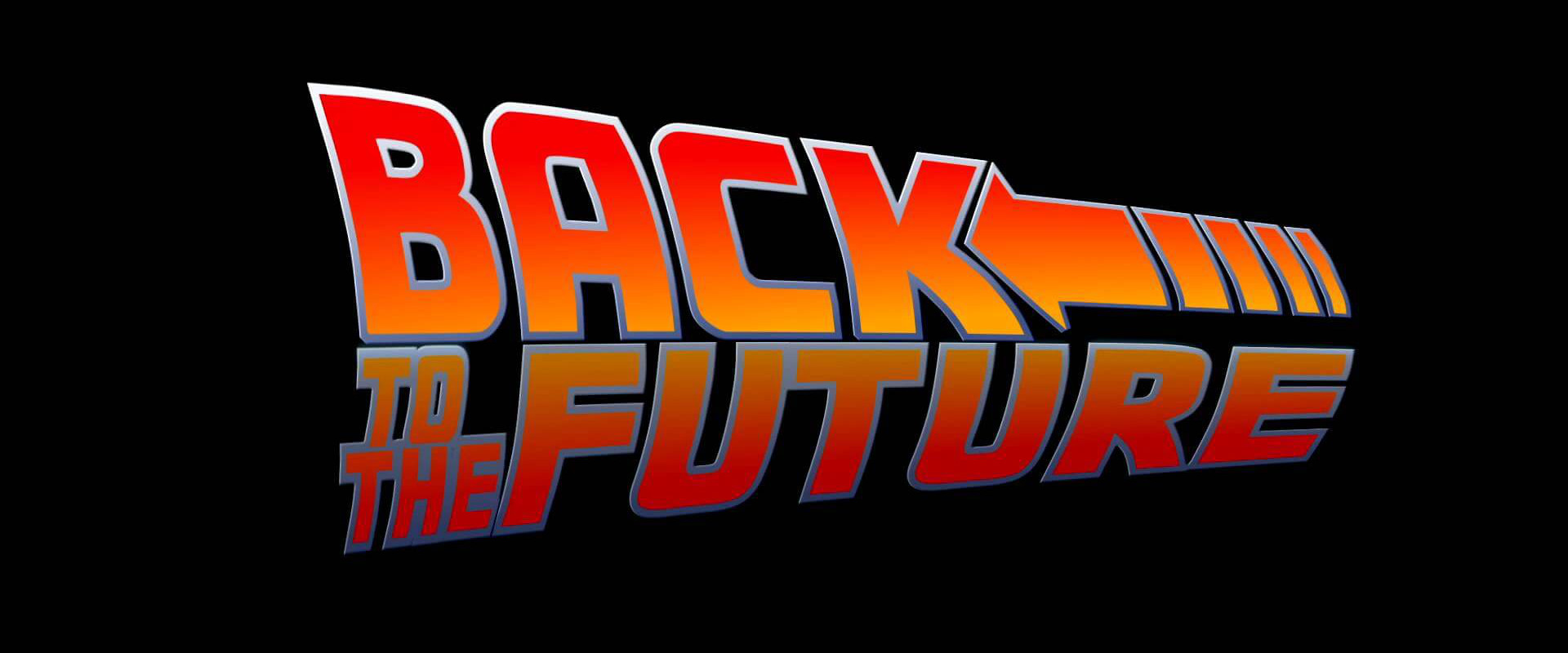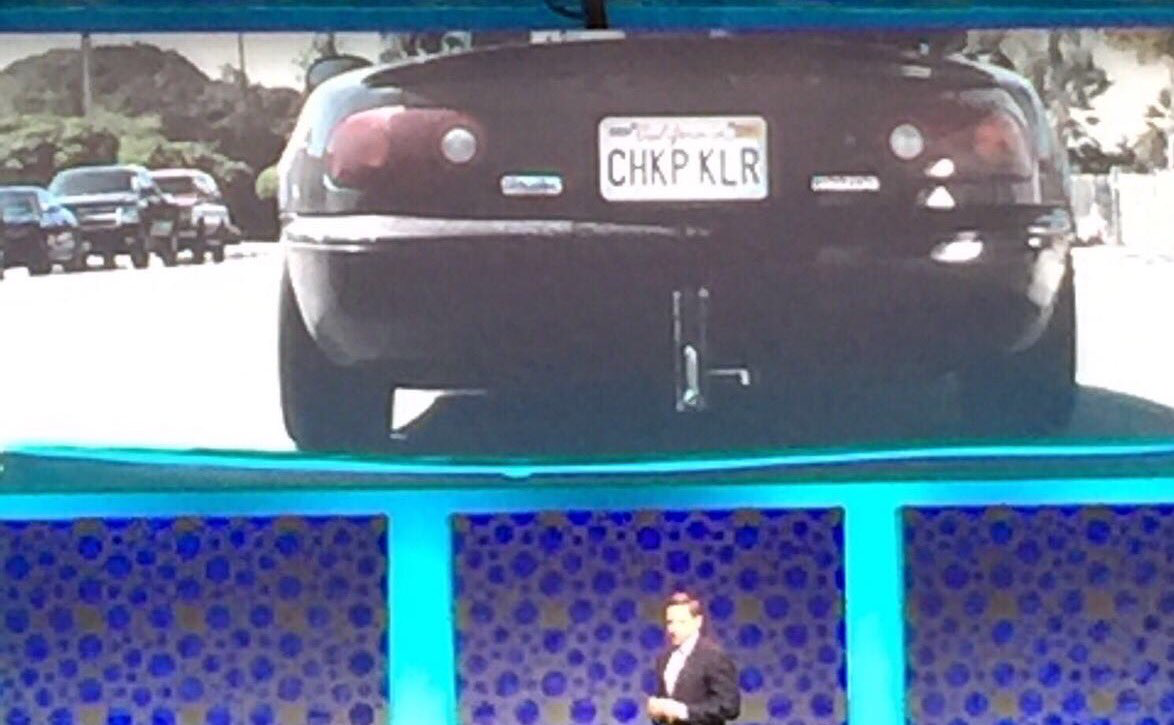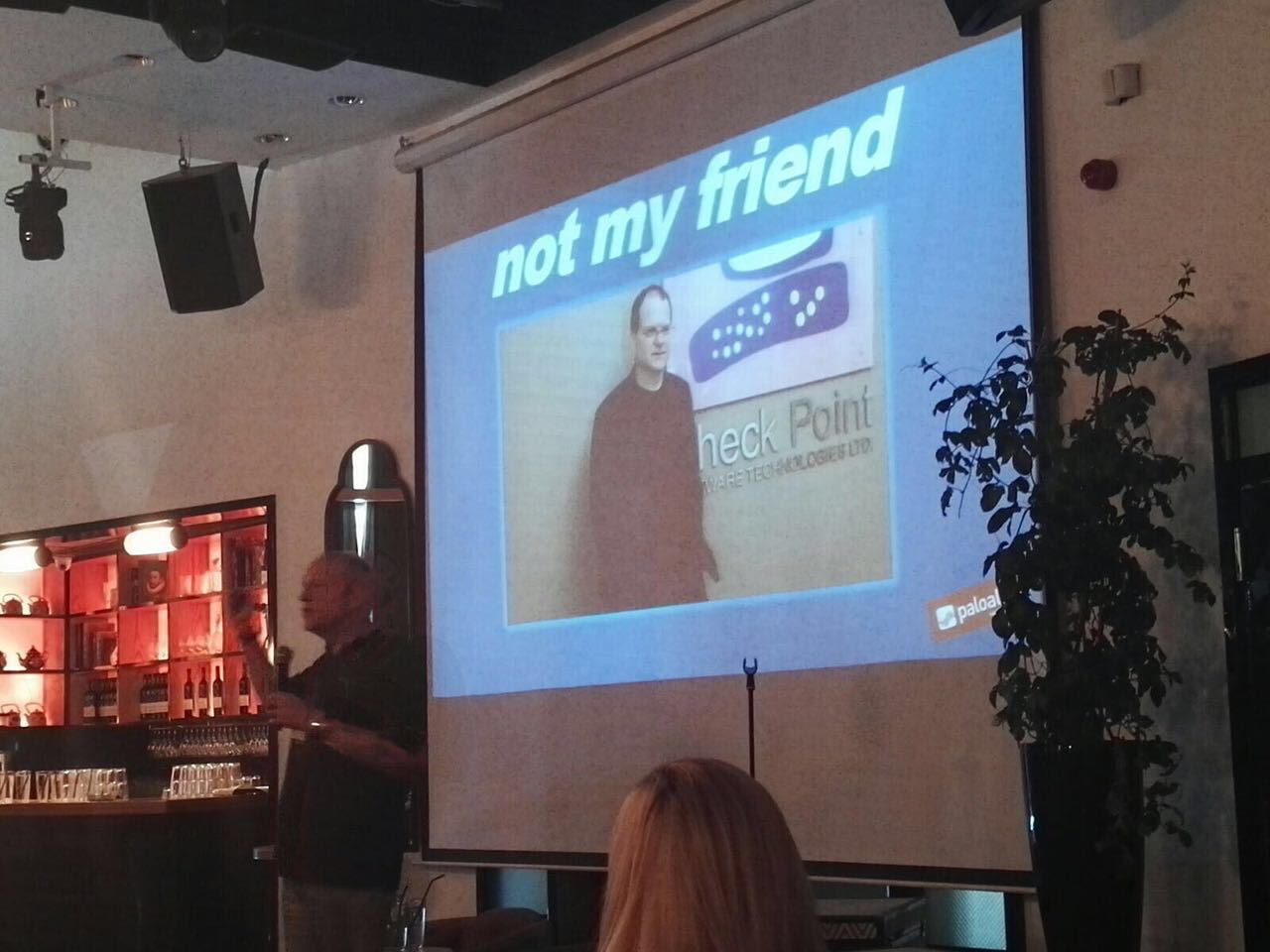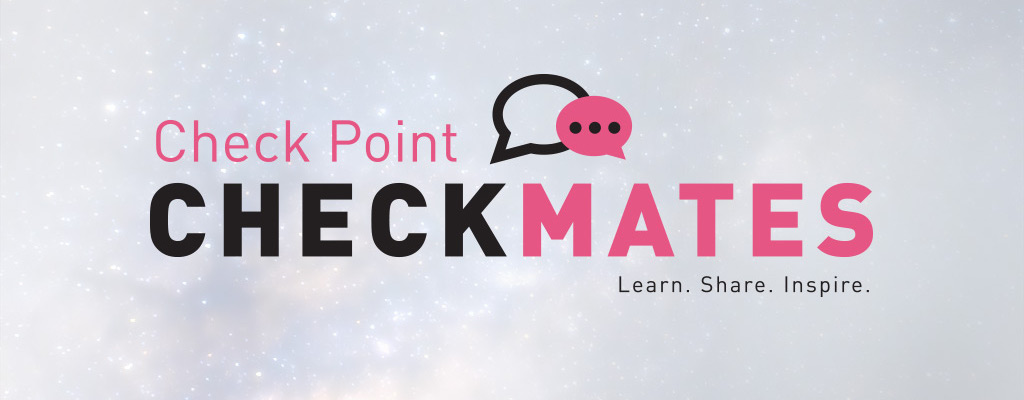When the Covid-19 pandemic was declared in March of 2020 and most every high-tech business became “all remote all the time” literally overnight, my first thought was: I’ve been training my whole life for this.
Because, really, I’ve been mostly working from home since 1998 when I moved from Silicon Valley to Washington State, yet continued to work for companies with offices in Silicon Valley. First, I worked for a now non-existent Check Point reseller, then to what became the Security Appliance business at Nokia, then for Check Point.
Needless to say, I’ve had a LOT of experience with Check Point Remote Access VPN over the years. Experience I put to good use when our customers started asking on CheckMates about the various remote access solutions.
Back in 1998, the applications I was accessing were fairly limited. We’re talking email, maybe a case management system of some sort as I was doing support back in the day, and that’s it. And I’m doing it from one device. Now I’m not only accessing stuff hosted on premise, I’m accessing stuff hosted in the cloud. And I’m doing it from multiple devices.
I’m reminded of Daniel Burrus’ book Flash Foresight, something I wrote about in 2016. Specifically, I’m reminded of his concept of Hard Trends, and three we’re all living with:
- Ever Increasing Connectivity
- Ever Increasing Processing Power
- Ever Increasing Storage
This is both a challenge and an opportunity: both for us as consumers and for the malicious actors out there who exploit this. Is it any wonder we are seeing an ever-increasing amount of Cyber Attacks out there?
All of this has been a boon in the current circumstances. I can tell you that doing conference calls without video back in the 90s and early 2000s was…no fun. And while video adds a human element to talking to people remotely, you miss out on the spontaneous discussions that happen when you’re visiting the office and bump into someone that you might not have planned to have.
And, of course, these conferencing platforms have their security issues also. In addition to the application specific vulnernabilities, there are issues of data soverignty in terms of where the streams are routed through. This is something of concern with any cloud service, of course.
The one thing I think has been made clear from the last 18 months or so is: remote work is going to be “the new normal” for a lot of people. We now have a whole generation of kids who’ve now done school remotely (for better or worse) and I suspect some percentage of them will demand remote work. Heck, even the current generations in the workforce are seeing the value of it.
All of that said, we can’t forget the human touch. Nothing’s going to replace getting together in person. While I can’t say there’s been a huge improvement in remote interaction in the last 20+ years beyond the addition of video (and what amounts to chat apps on a multitude of devices), I feel like as the hard trends I highlight above keep moving forward, we’ll get more “human” interactions over time.
Likewise, Cyber Security isn’t going anywhere. For those practioners, the job will continue to expand into new frontiers, creating new challenges…and opportunities to achieve better cyber security than was possible before. But only if you’re up to the challenge.
Disclaimer: My employer Check Point Software Technologies is up to the challenge of cyber security in an ever-changing and expanding environment. That said, these thoughts are mine.








